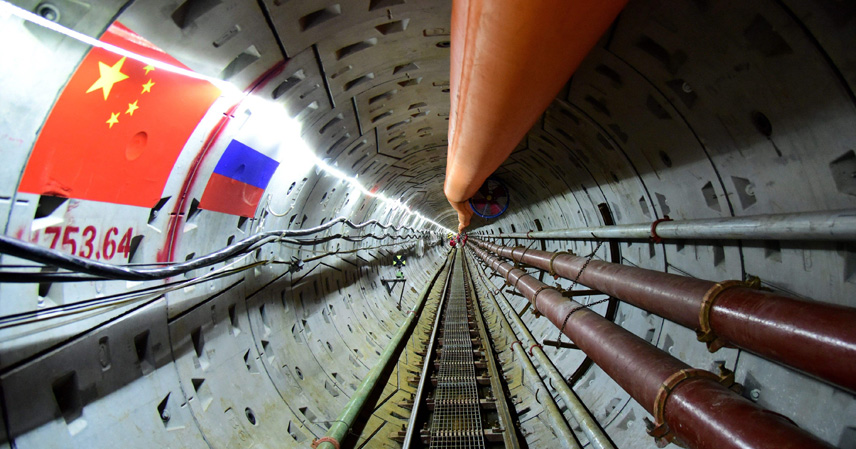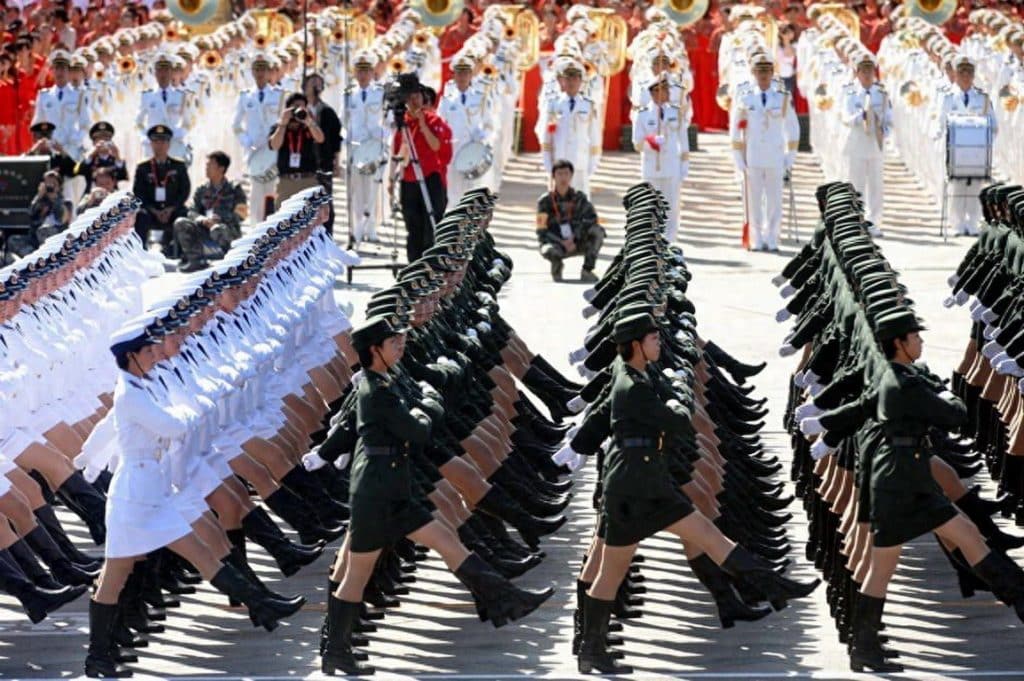China and Russia have recently strengthened their energy cooperation, with Russian natural gas and oil exports to China reaching record levels. In 2025, the Power of Siberia pipeline is expected to operate at full capacity, delivering billions of cubic meters of natural gas daily. Additionally, Russian LNG exports from projects like Arctic LNG 2 and Sakhalin 2 are increasingly directed toward China. The China-Russia Energy Cooperation Committee recently signed agreements to raise crude oil trade volumes to 30 million tons, solidifying China’s position as Russia’s largest oil customer. Last year, bilateral energy trade exceeded $240 billion, with energy exports making up a significant portion. Russian officials, including Energy Minister Novak, have publicly emphasized Arctic gas development and liquefaction in partnership with China.
On the surface, this appears to be a mutually beneficial arrangement: China secures reliable energy imports, and Russia mitigates some pressure from Western sanctions.
However, the underlying dynamics are more complex. Historically, Russia’s energy exports have been a strategic tool for political leverage and revenue generation. After the Soviet Union’s collapse, Russia prioritized European buyers due to larger markets and faster payments, leaving China waiting. It was only after Western sanctions intensified in 2014, following the Crimea crisis, that Russia pivoted eastward, signing gas agreements with China and launching the Power of Siberia pipeline. This demonstrates that energy cooperation has often been influenced by geopolitical considerations.
Currently, the Russia-Ukraine conflict has disrupted Russian energy production. Drone attacks on refineries in Ukraine have led to a one-third reduction in Russian refining capacity, causing domestic fuel prices to rise and halting certain exports. Meanwhile, the European Union has introduced new sanctions targeting Russian LNG imports, and G7 countries are intensifying pressure. Russia’s total fossil fuel export revenue fell slightly last year and may continue to decline in 2025.
Despite these challenges, Russia remains flexible in its energy strategy. Gazprom has increased gas sales to China and Turkey to compensate for reduced flows through Ukraine. Yet the key question is what happens after the war ends. If a ceasefire occurs and sanctions are relaxed, Europe—historically Russia’s primary energy market—could regain priority. Infrastructure such as pipelines is already in place, and European energy demand remains lucrative. Russia may be tempted to redirect supplies initially intended for China to higher-paying European buyers. This could leave China with short-term supply gaps and increased energy costs, affecting industrial electricity rates and household energy bills.
China is aware of these risks and has long pursued a diversified energy strategy. The National Energy Administration’s “Four Revolutions and One Cooperation” framework emphasizes multiple supply sources and domestic self-sufficiency. Saudi Arabia remains China’s largest oil supplier, providing stable shipments and predictable pricing. Australia has become a significant LNG supplier, with shipments directly integrated into China’s pipeline network. These measures ensure that China is not overly dependent on a single supplier, particularly Russia, whose energy diplomacy remains pragmatic and opportunistic.
In conclusion, while China and Russia currently enjoy robust energy cooperation, Beijing must prepare for potential shifts in Russian export priorities. Diversification, long-term planning, and strategic flexibility will be essential to maintain energy security and mitigate the impact of geopolitical uncertainties.
References:
- Russia-China Energy Cooperation Committee reports, 2025
- Gazprom sales data, 2025
- National Energy Administration of China, policy documents



